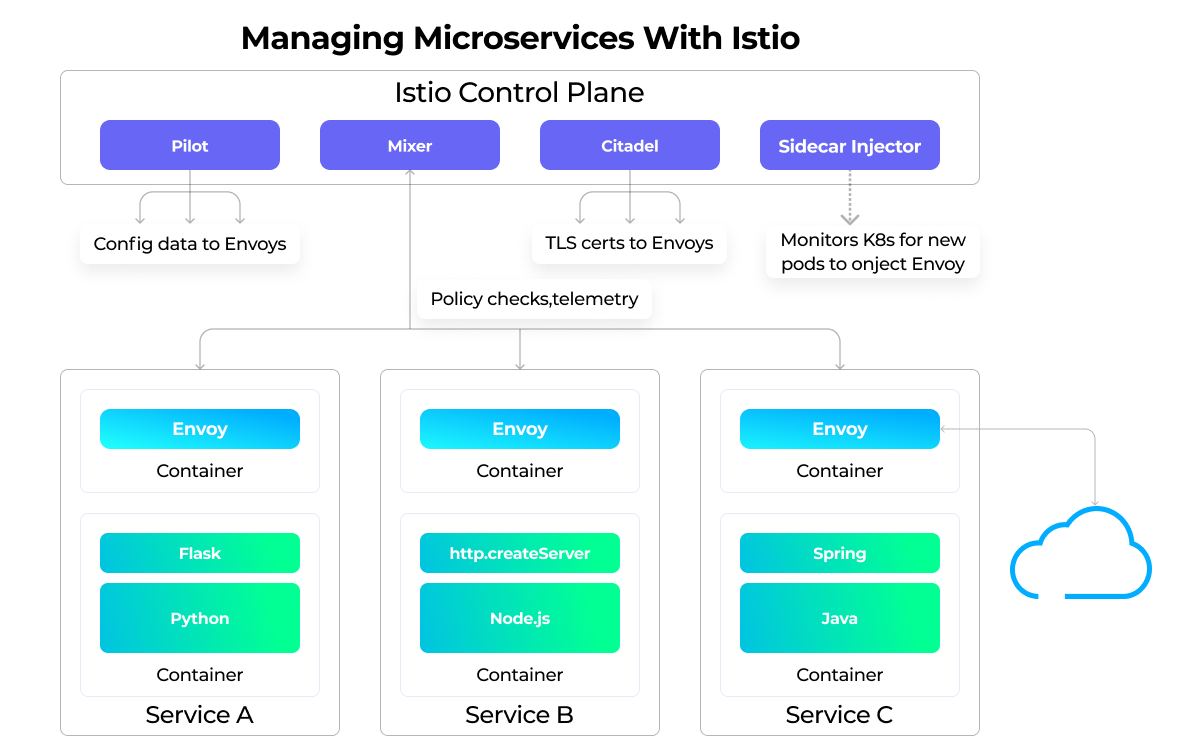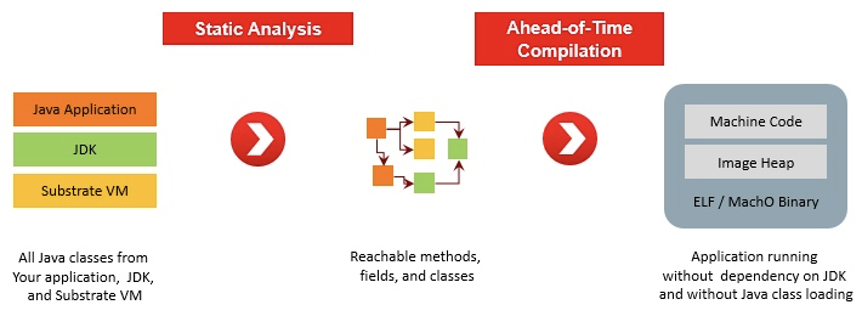

Majority of the legacy Spring Applications use Hibernate to implement data access. Spring/Hibernate JNDI DataSources for Azure SQL server Example of web.config that uses Tomcat as runtime: For example, managed Tomcat files are installed under D:\Program Files (x86)\apache-tomcat-x.x.xx\conf.

For a Java application we will configure Tomcat to process the requests.Īzure App Service has necessary Java tools such as the JDK and Tomcat application server and configuration files installed and managed on the host.

HTTP listener could be any process handling web requests. The role of HttpPlatformHandleris to start and manage an HTTP listener process on the localhost and proxy traffic to it. This module is described in detail in Microsoft docs.
Cloud native java code example windows#
On Azure App Service Windows service, HTTP requests reach IIS on an App Server worker instance and is processed by the HttpPlatformHandlermodule. How Azure App Service Hosts JavaĪzure App Service supports multiple application runtimes - Java, Node, Python.
Cloud native java code example how to#
This article demonstrates how to migrate Java Spring/Hibernate applications using JNDI settings to cloud environment, externalize configuration, and how to keep credentials out of code by using Azure Managed Service Identity. In the following few articles we will demonstrate how to address the most common migration items in legacy Spring applications - handling JNDI, and credentials, externalizing configuration, remote debugging, logging, and monitoring. Many applications could be converted to be cloud-ready with minimal adjustments - just to be able to run in the cloud environment. The different sections of this course focus on the important topics and challenges of cloud-native application development such as communication, resiliency, state handling, and observability, and how these can be addressed using the latest Java EE 8 APIs.Running on the cloud is not only for cool new applications following 12-factor principles and coded to be cloud-native.

This course is packed with step-by-step instructions and realistic examples that are directly applicable in practice. By the end of this course, you will be equipped with enough knowledge and practical experience to get your next cloud-native Java EE microservices up-and-running in no time, and with ease.Īll the code and supporting files for this course are available on GitHub at Style and Approach Throughout this course, we address the different challenges you need to master to build truly cloud-native applications with Java EE. In combination, these APIs enable you to easily build hyperscale, elastic, loosely coupled, reliable, observable and secure microservices. This video course is a one-stop solution for developers and architects, teaching them to understand the challenges faced in building cloud-native applications, using Java EE 8 and some additional well know open-source components and APIs. Many organizations have already begun resorting to the elasticity of the cloud as it offers them greater agility, availability, resilience, and portability. In a world of modern business models and digital products, the use of monolithic applications run classical infrastructure is just not feasible anymore.


 0 kommentar(er)
0 kommentar(er)
